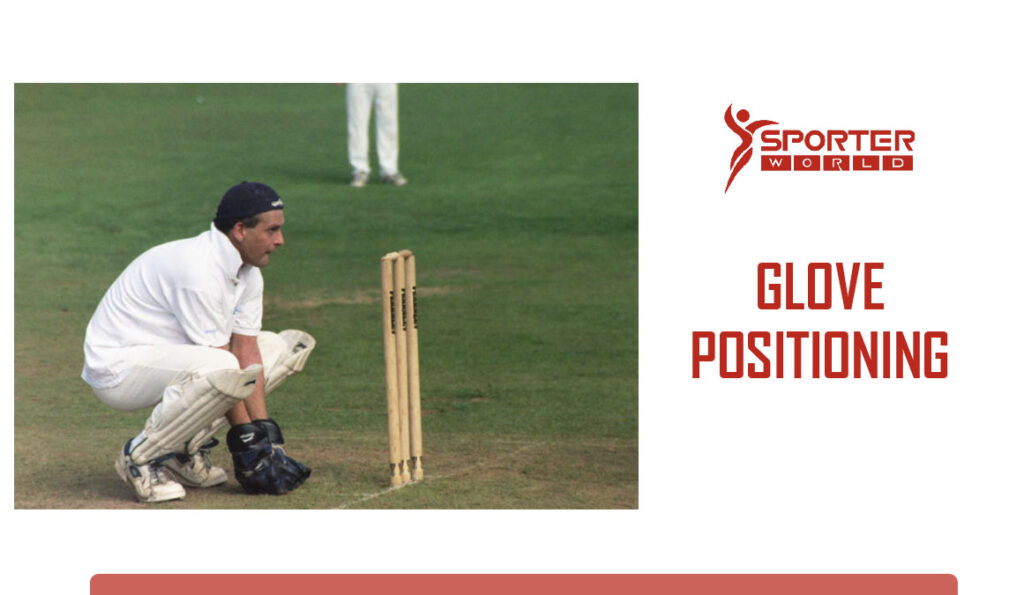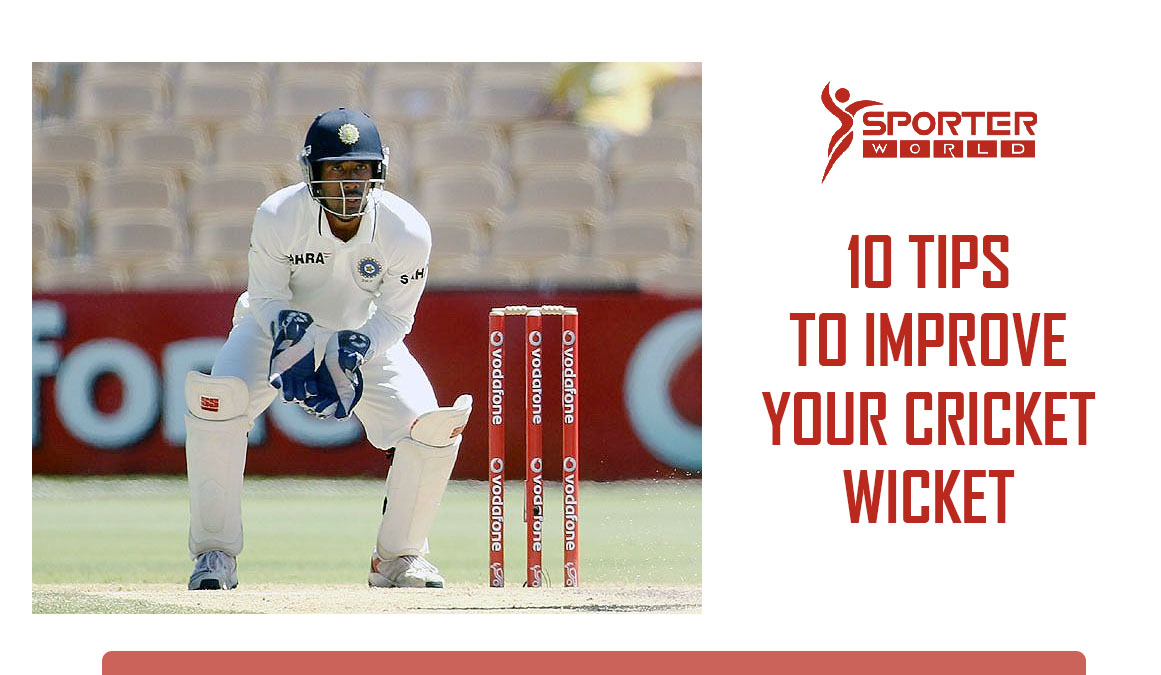Are you a cricket enthusiast who dreams of becoming an expert wicket-keeper? Whether you’re a beginner or an experienced player, improving your wicket-keeping skills is crucial for your performance on the field. The good news is, that with the right techniques and practice, you can enhance your abilities and become a formidable wicketkeeper.
Wicket-keeping is a highly specialized skill that requires agility, reflexes, and impeccable hand-eye coordination. It’s not just about catching the ball behind the stumps; it’s also about anticipating the movement of the batsman, communicating effectively with the bowlers, and making quick decisions. By focusing on specific drills, honing your technique, and adopting a proactive approach, you can take your wicket-keeping skills to the next level.
In this article, we will delve into the various aspects of improving cricket wicket-keeping skills. From stance and footwork to glove positioning and decision-making, we will explore key techniques and offer valuable tips that will help you enhance your performance as a wicketkeeper. Get ready to elevate your game and make a lasting impact behind the stumps.
Here are 10 Tips to Improve Your Cricket Wicket-Keeping Skills
1. Keep your hands to yourself
By keeping your hands further away from your body, you also make sure that they stay relaxed yet fully alert to ensure a good catch when the ball is thrown. In addition, since they are in an extended position there is room for them to move so that any wobbly throw won’t be only painful due to the impact, but also give some slack time for extra control as it reaches their waiting palms.
Not only will this protect you and help prevent injuries caused by direct hitting ball slams, but they will also make catching easier due to the extra time available given by their distance from the body.
2. Perfect your stance
An excellent wicketkeeper requires perfect balance in order to be able to move quickly and accurately. When standing behind the stumps, ensure that your feet are slightly wider than shoulder-width apart and evenly spaced.
Your legs should be slightly bent and your feet should be firmly planted on the ground – this is known as the “ready” position. This stance will allow you to move quickly and react to the ball as needed.
You May Also Like: Cricket Batting Stance And Grip
3. Glove Positioning

Properly positioning your gloves is essential for maximum control when catching a ball. Ensure your hands are slightly above shoulder level, slightly in front of your body, and close together. This will ensure that you can catch the ball with accuracy and precision while minimizing the risk of dropping it.
4. Keep your eyes on the ball
This is a key tip for any wicket-keeper – always keep your eyes on the ball at all times! By doing this, you will be able to predict the ball’s trajectory and anticipate its movement. This will help you react quickly and accurately when it comes time to catch it.
5. Practice footwork drills
Good wicket-keeping requires quick and efficient feet. Footwork drills will help you strengthen your reflexes and agility, allowing you to move quickly and accurately when it comes time to catch or stump the ball. Try this drill: stand in the ready position with your arms raised above your head. Then, start jumping from side to side, gradually increasing the speed and distance of your jumps. This will help you develop your foot speed and agility as a wicketkeeper.
6. Improve your hand-eye coordination
Good hand-eye coordination is essential for any wicket-keeper. Practice throwing and catching balls with your non-dominant hand to improve this skill. This will help you develop better control over the ball and make it easier to catch.
In addition, practice drills such as throwing a ball at a wall and catching it on the rebound or bouncing a ball off the ground and catching it with one hand. These drills will help you improve your hand-eye coordination and make reacting quickly when behind the stumps easier.
7. Take a proactive approach
When behind the stumps, always be alert and prepared for any action that may take place. Keep your feet moving, stay focused on the batsman, and take a proactive approach to wicket-keeping. This means anticipating what will happen before it does – for example, when the batsman is about to play a shot, make sure you’re already in position to collect the ball.
8. Work on your decision-making
Decision-making is an important part of wicket-keeping and requires quick thinking and judgment. When fielding, think about what the batsman could do next and be ready to react accordingly. This will help you stay one step ahead of the batsman and make the right decisions at the right times.
9. Improve your reflexes
Strong reflexes are essential for any wicketkeeper as they react quickly and accurately when fielding. To improve your reflexes, try a variety of drills, such as catching balls with one hand or moving your feet quickly while keeping your eyes on the ball. Doing these drills regularly will help you develop quick reactions and become a more effective wicketkeeper.
10. Develop an effective throwing technique
An efficient and accurate throwing technique is a key part of being a successful wicketkeeper. Start by practicing throwing and catching with a partner, then gradually increase the distance between you. This will help improve your accuracy when throwing the ball back to your fielder. Remember to grip the ball firmly and use your body weight when throwing.
How can I practice wicketkeeping at home?
Wicketkeeping at home can be a great way to improve your skills and stay sharp between formal training sessions or matches. Here are some tips and drills you can use to practice wicket keeping at home:
- Catching Drills:
Wall Drills: Stand a few feet away from a wall and have someone throw a tennis or cricket ball against it. Practice catching the ball at different heights and angles. Shadow Catching: Practice your catching technique without a ball by simulating catches in the air. Focus on positioning, hand placement, and balance. - Footwork and Stance: Work on your wicket keeping stance in front of a mirror. Ensure that your feet are shoulder-width apart and you are balanced on the balls of your feet. Practice your lateral movement by shuffling sideways while maintaining a low crouch.
- Reaction Drills: Use a partner or a ball machine to practice quick reactions. Have them randomly throw balls towards you, and you must react to catch them. You can also use a tennis ball against a wall for this drill.
- Glove Work: Wear your wicket keeping gloves and practice taking the ball cleanly. Focus on soft hands and keeping your fingers pointed downward.
- Throwing Practice: Work on your throwing accuracy by aiming at a target, such as a stump or a chair. Practice both underarm and overarm throws.
- Fitness and Agility: Wicket keepers need good agility and fitness. Include exercises like ladder drills, cone drills, and agility exercises in your home workout routine.
- Visualization: Spend some time visualizing different game scenarios and practice your reactions in your mind. Visualization can improve your decision-making and anticipation skills.
- Watch and Learn: Study professional wicketkeepers in action. Watch cricket matches and focus on the techniques and movements of top wicketkeepers. Try to emulate their style.
- Mental Toughness: Work on your mental strength and concentration by simulating match situations in your backyard or a quiet area at home. Practice maintaining focus and staying alert.
- Equipment Maintenance: Ensure your wicket-keeping gear is well-maintained. Clean and oil your gloves, check your pads and helmet for any damage and replace any worn-out straps or buckles.
Remember to practice regularly and maintain a disciplined approach to improve your wicket-keeping skills. While home practice can be beneficial, it’s essential to supplement it with formal training and match experience to become a well-rounded wicketkeeper.
Frequently asked questions
1. What are some basic drills to improve wicket-keeping skills?
There are several drills you can practice to enhance your wicket-keeping skills. Some popular ones include catching tennis balls, practicing quick reactions by using a bowling machine, and mastering the crouch and coil positions for explosive movement.
2. How important is reaction time for a wicket-keeper?
Reaction time is crucial for a wicket-keeper as it helps in taking quick catches and stumping opportunities. Regular drills and exercises can significantly improve your reaction time, allowing you to make crucial saves behind the stumps.
3. Is there any specific head or fielding position for a wicket-keeper?
As a wicket-keeper, it is essential to maintain a steady and active head position to anticipate the ball’s direction. Additionally, you should have a balanced fielding position, slightly on your toes, with your hands in a ready position in front of your body.
4. How can I improve my match-time decision-making as a wicket-keeper?
Improving match-time decision-making comes with experience and practice. Stay alert, communicate effectively with your teammates, and analyze the batsman’s movement to make quick and accurate decisions. Regular match practice and video analysis can also aid in sharpening your decision-making skills.
5. What are some tips for becoming an elite wicketkeeper?
To become an elite wicket-keeper, focus on improving your technique, physical fitness, and mental resilience. Work on your catching and stumping skills through regular drills and practice sessions. Seek guidance from experienced coaches, analyze top wicketkeepers’ performances, and continuously strive to develop your skills.
Conclusion
Improving your wicket-keeping skills requires dedication, practice, and a strong commitment to excellence. Watch professional wicketkeepers in action and try to emulate their style, maintain your equipment, and work on your mental strength and decision-making skills. With regular training and match experience, you can hone your skills and become an elite wicketkeeper.



